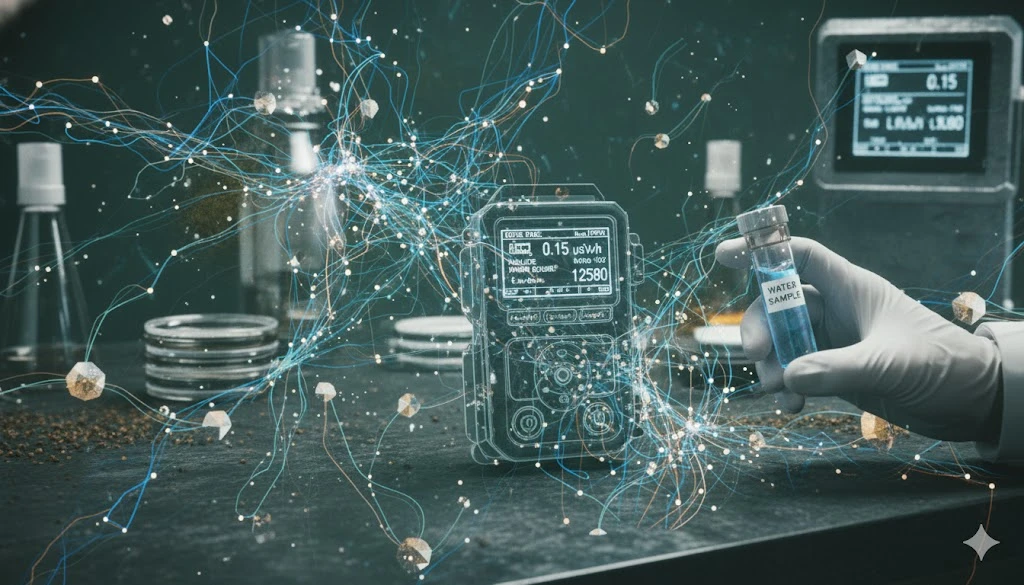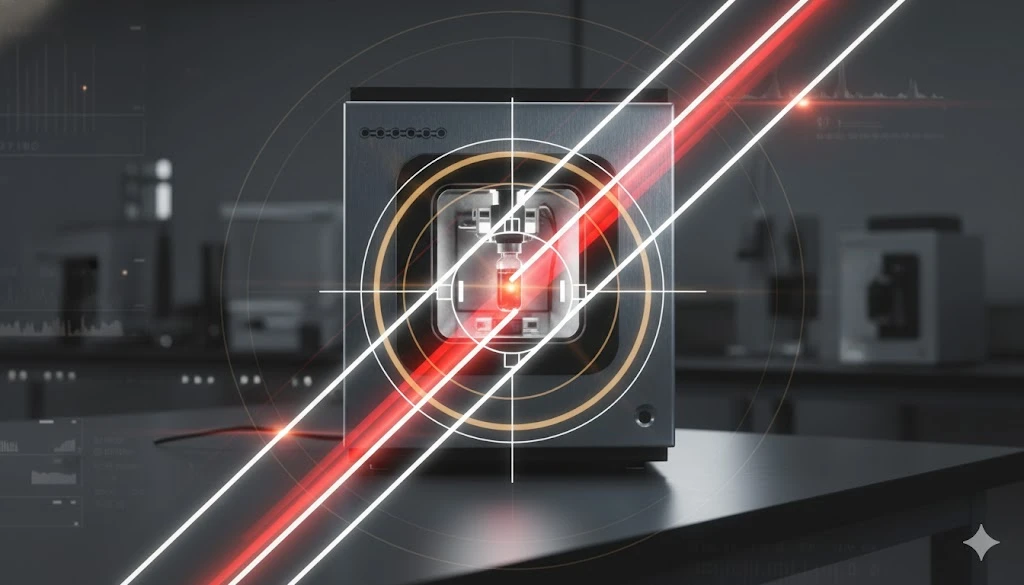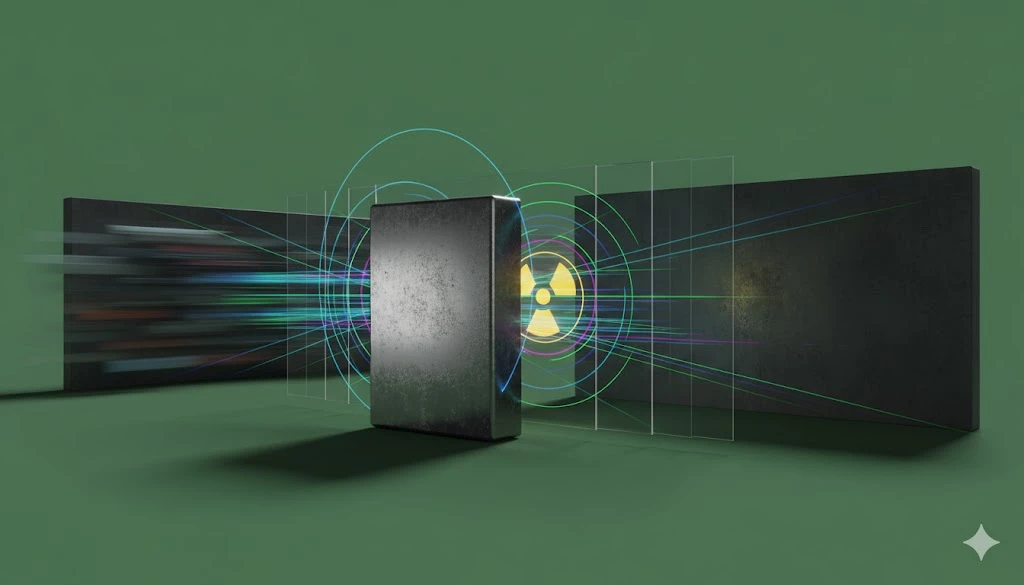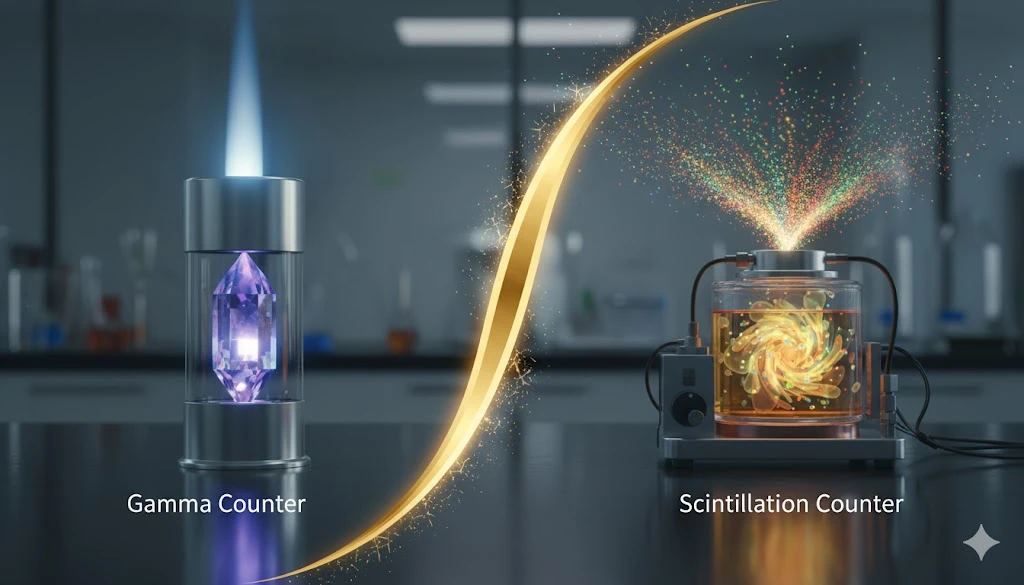The Best Elemental Analyzers: A Buyer's Review of Price and Features
Elemental analyzers are essential tools in many laboratories, enabling the precise analysis of chemical elements within a variety of samples. These instruments are used in fields such as environmental science, pharmaceuticals, materials science, and food safety. Selecting the right elemental analyzer involves considering various criteria, including the type of samples being analyzed, the desired level of accuracy and sensitivity, and budget constraints. This guide will help you understand the important factors to consider when choosing an elemental analyzer and how to balance cost with functionality. Combustion analyzers operate by burning the sample in an oxygen-rich environment and measuring the resultant gases. They are widely used for determining carbon, hydrogen, nitrogen, sulfur, and oxygen content in organic and inorganic materials. These analyzers are equipped with high-temperature furnaces and detectors such as thermal conductivity detectors (TCD) or infrared (IR) detectors. Combustion analyzers are ideal for soil analysis, coal and coke testing, and in the petrochemical industry. ICP analyzers use a plasma source to ionize the sample and measure the concentration of various elements through optical emission spectrometry (ICP-OES) or mass spectrometry (ICP-MS). These systems offer high sensitivity and multi-element detection capabilities. ICP analyzers are commonly used in environmental analysis, metallurgy, and food safety testing. XRF analyzers determine the elemental composition of materials by measuring the fluorescence emitted by a sample when it is exposed to high-energy X-rays. These analyzers are non-destructive, fast, and require minimal sample preparation. XRF analyzers are suitable for analyzing metals, minerals, and environmental samples. AAS instruments measure the concentration of elements by detecting the absorption of light by free atoms in a gaseous state. They offer good sensitivity and are typically used for trace element analysis. AAS instruments are frequently used in clinical laboratories, environmental monitoring, and agricultural testing. These analyzers are specialized for determining the content of carbon, hydrogen, nitrogen, sulfur, and oxygen in organic materials. They utilize high-temperature combustion and subsequent gas chromatographic separation. CHNS/O analyzers are essential in pharmaceuticals, polymers, and petrochemical industries. Depending on the sample and required detection limits, the sensitivity and accuracy of the analyzer are crucial. Higher sensitivity is essential for trace element detection, while accuracy ensures reliable results. Consider how many samples need to be analyzed in a given timeframe and choose an analyzer with appropriate throughput capacity. High throughput is important for laboratories with large sample volumes. For applications requiring the analysis of multiple elements simultaneously, ensure the analyzer supports multi-element detection. This capability can significantly enhance efficiency and reduce analysis time. User-friendly interfaces and low maintenance requirements can save time and reduce operational costs. Look for analyzers with intuitive software and easy-to-maintain components. Advanced software for data analysis and reporting can enhance productivity and ensure compliance with regulatory standards. Robust data management systems help in organizing and retrieving analysis results efficiently. Depending on the lab space and fieldwork requirements, the size and portability of the analyzer may be important. Compact and portable models are ideal for smaller labs or field applications. Consider not only the purchase price but also the long-term operating costs, including consumables and maintenance. Evaluating the total cost of ownership ensures the analyzer remains cost-effective over its lifespan.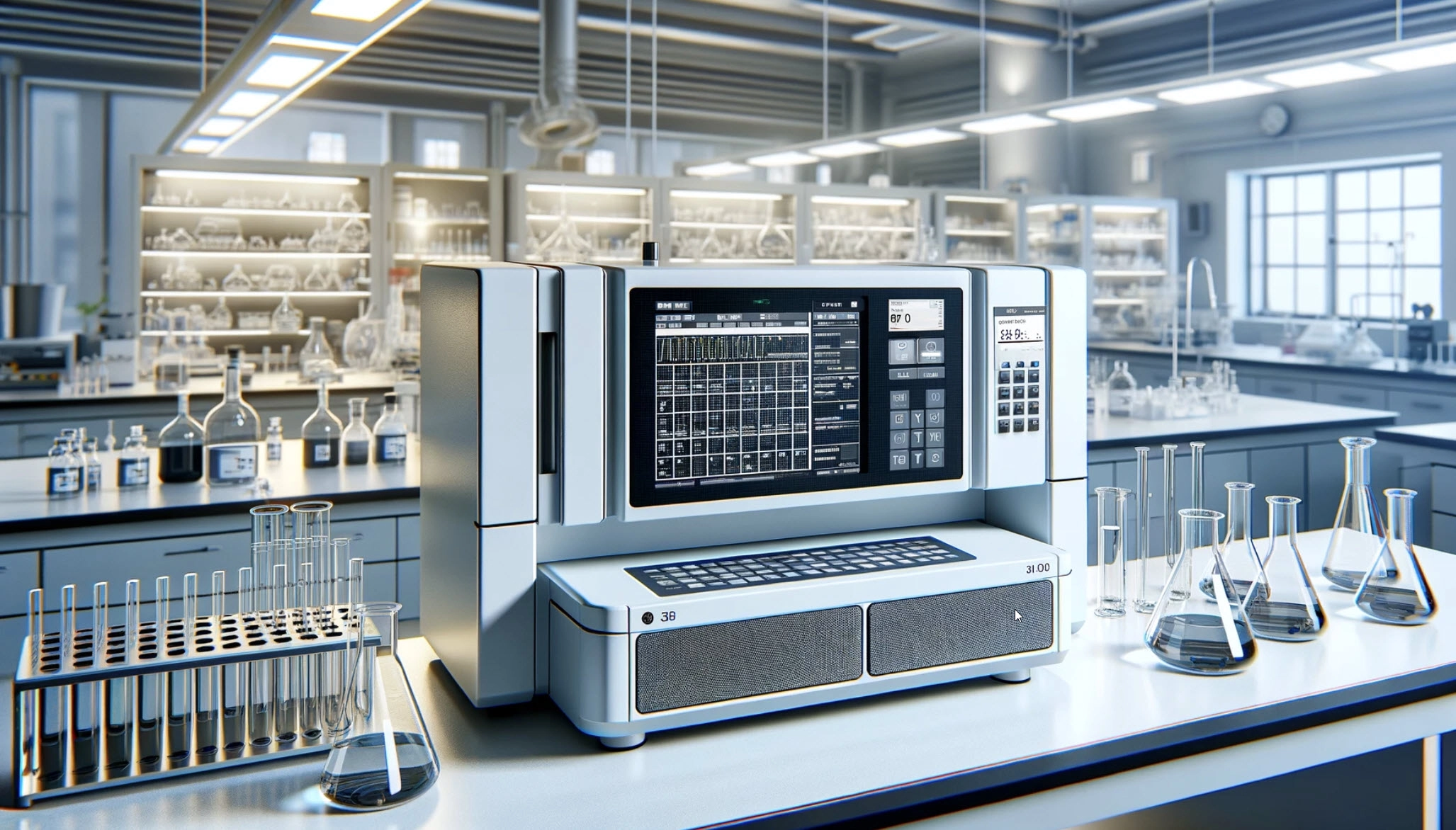
Understanding What Features, Throughput, Accuracy, and Sensitivity You Require Will Help You Select the Best Elemental Analyzer for the Best Price
Types of Elemental Analyzers
Combustion Analyzers
Inductively Coupled Plasma (ICP) Analyzers
X-ray Fluorescence (XRF) Analyzers
Atomic Absorption Spectrometers (AAS)
Elemental Analyzers for Organic Samples (CHNS/O Analyzers)
Key Features to Consider When Buying Elemental Analyzers
1. Sensitivity and Accuracy
2. Sample Throughput
3. Multi-Element Capability
4. Ease of Use and Maintenance
5. Software and Data Management
6. Instrument Footprint and Portability
7. Cost of Ownership
Laboratory Elemental Analyzers Price Guide
Elemental Analyzer Pricing for New, Used, and Refurbished Equipment on LabX.com
Model Type Price Oxygen/Nitrogen/Hydrogen
Analyzer Please Inquire Elemental
Analyzer Please Inquire Carbon/Sulfur
Analyzer Please Inquire Elemental
Analyzer Please Inquire Elemental
Analyzer $8,750.00 (used) CHNS-O Elemental
Combustion System $3,999.00 (used) CHN Analyzer €45,800.00 EUR
(refurbished) Elemental
Analyzer Please Inquire Rapid Analysis
Elemental Analyzer Please Inquire
(refurbished)
View all Elemental Analyzer Listings on LabX.com


